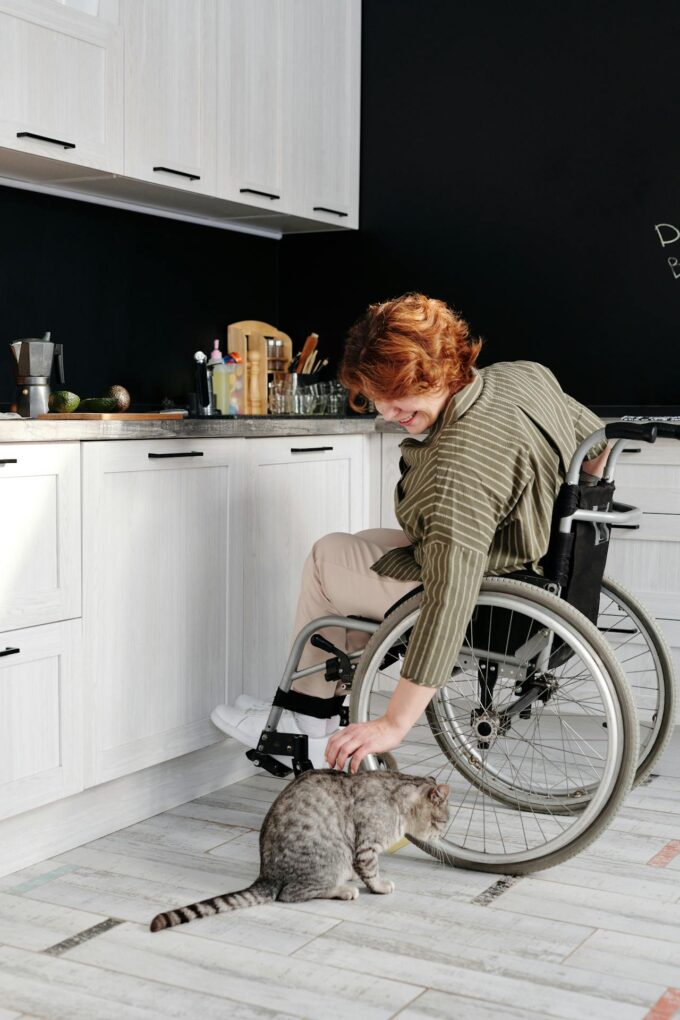It’s unsettling to think that there are thousands of people with disabilities out there who are limited in what they can do. Are they truly getting the help they need to live an easier, happier, more functional life, you may wonder?
Fortunately, the world of healthcare continues getting more advanced over the course of time. Below are some of the many ways that modern healthcare is helping people with disabilities get the help they need to thrive.

- Making Communication Possible
Partially thanks to technological advancements, modern healthcare is making it easier for those with disabilities to communicate with others. For example, Premier disability services include verbal language interpreters, sign language interpreters, and information written in other formats.
Apart from the latter, technology also makes communication easier than ever before for those with disabilities. Individuals now have the opportunity to schedule doctor appointments online, can email their doctor office for any questions, and can access their important health documents online.
- Laws Protecting Against Discrimination
Discrimination against those who are different happens on a daily basis. Sadly, those with disabilities fall into that category.
The good news is, there are laws to help protect individuals with disabilities from discrimination from employers, co-workers, government agencies, businesses, and the like. For instance, by law, a business can’t refuse to serve you or make you wait longer because of your disability, and you can’t be charged extra for braille or sign language interpretation.
- Making Public Places More Accessible
Not only are public places like doctors’ offices and emergency room waiting rooms more spacious than they were to accommodate those with walkers or in wheelchairs, but there are other physical attributes available to improve physical accessibility for those with disability.
Some examples of improved physical accessibility include automatic doors with sensors, easy-to-open door handles, handicapped parking spaces near the entrance to the building, and lowered counters and service windows.
- Improving Awareness Among Healthcare Workers
Healthcare workers of the past struggled with aiding those with disabilities. Today, healthcare workers are more familiar and understanding than ever before of different disabilities. To top it off, they have more thorough training on how to help people with such, what not to do to those with disabilities, and how to make accommodations for those who are struggling.
- Access to Traveling Medical Professionals
Not everyone with a disability can leave their house. One’s weight, inability to physically get around, or inability to drive can prevent them from going to important events, meetings, or doctor visits.
Fortunately, the medical field has become more understanding of these setbacks. More medical professionals than ever before are now offering medical services outside of the office and directly in people’s homes. This way, the patient with the disability doesn’t have to step foot out of their home to get medical treatment.
Conclusion
Having a disability decades ago is not the same as having a disability in modern times. Serious improvements have been made since. With technological advances, new laws, and more information, helping those with a disability got significantly easier.














